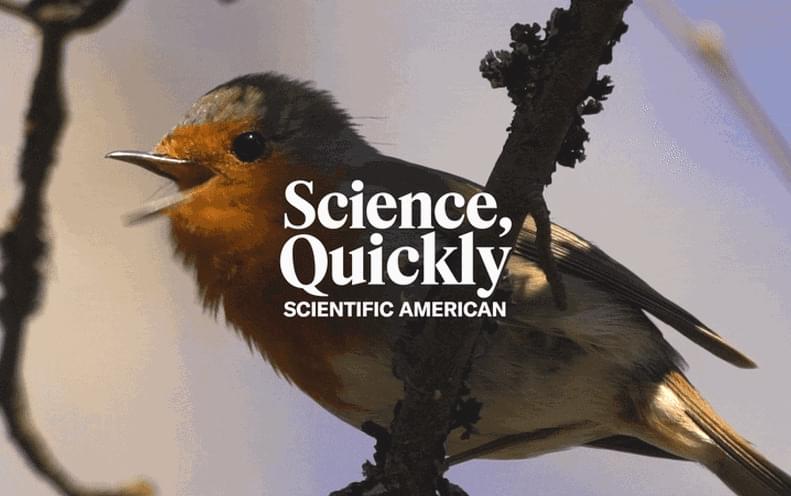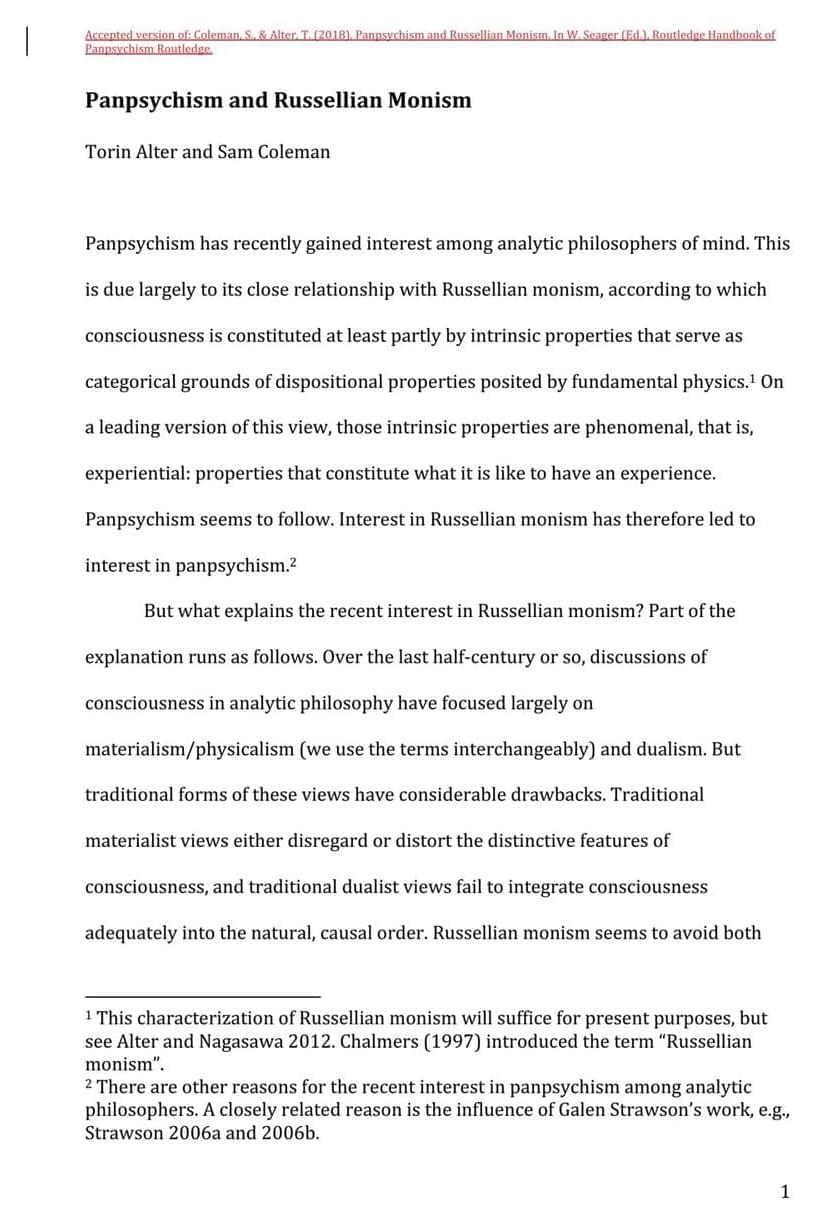Resurrection biology — attempting to bring strings of molecules and more complex organisms back to life — is gaining traction in labs around the world.
The work is a far cry from the genetically engineered dinosaurs that escape in the blockbuster movie “Jurassic Park,” although for some scientists the ultimate goal is de-extinction and resurrecting animals and plants that have been lost.
Other researchers are looking to the past for new sources of drugs or to sound an alarm about the possibility of long-dormant pathogens. The field of study is also about recreating elements of human history in an attempt to better understand how our ancestors might have lived and died.





